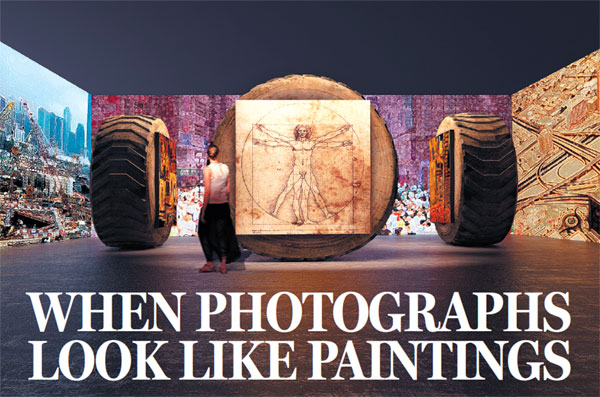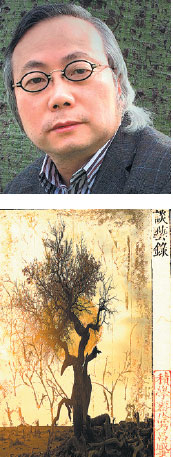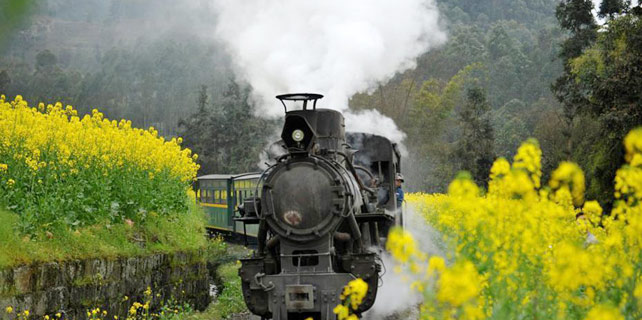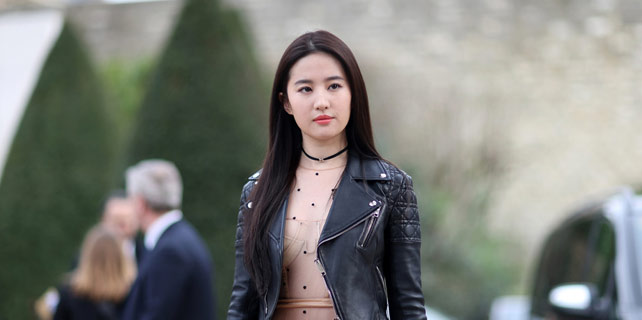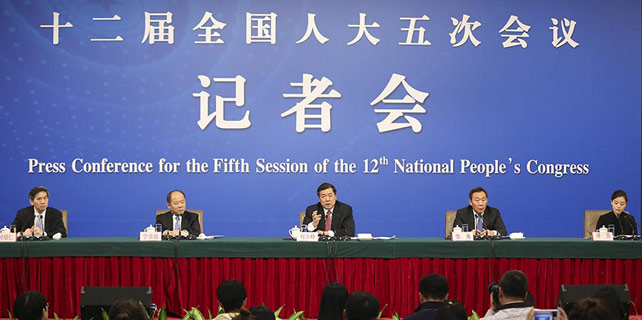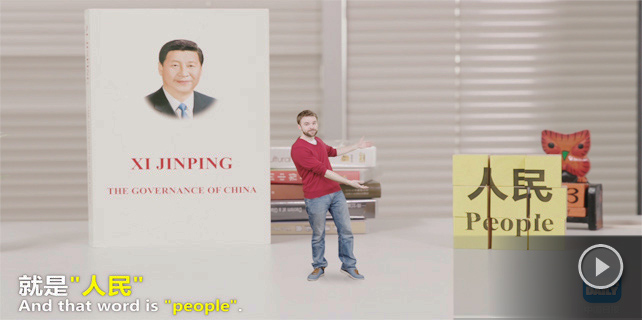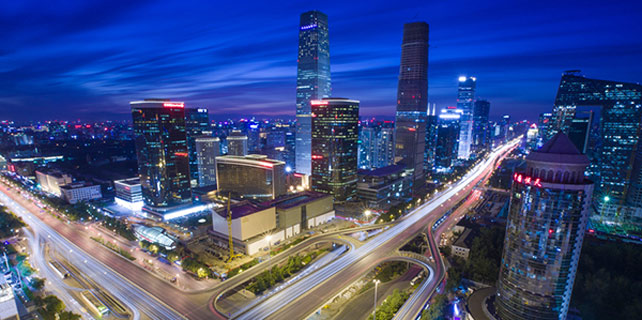When photographs look like paintings
Conceptual artist Fu Wenjun's works go on display this week in Beijing. Deng Zhangyu reports.
The line between painting and photography has blurred in conceptual artist Fu Wenjun's works.
For nearly 30 years, he has dedicated himself to the artistic exploration of producing photos that look like abstract paintings to inspire people to think rather than simply appreciate the accuracy of images.
Fu's latest exhibition, scheduled to begin at the National Art Museum of China on Thursday, will aim to provide more insights into his art world.
On show will be nearly 60 pieces, including an installation. The artist has combination photos that are each at least 1 meter high. His works reflect a mix of Western and Eastern cultural influences.
In his Harmony in Diversity series, for example, the photo of a Chinese landscape painting is overlaid with an image of a Western-style sculpture and ancient rice paper produced in the Song Dynasty (960-1279).
The 61-year-old artist says the overlaying presents a kind of similarity between Chinese landscape paintings and Western figurative sculptures - two different art forms.
Such artworks are inspired by his museum visits around the world.
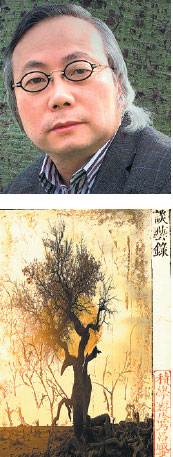
"I think a lot about culture, history and stories behind them when I see antiques from across the world displayed in museums such as the British Museum and the Louvre (in France)," says Fu.
When creating a photo, he often adds 60 to 70 images that he shoots in one frame, which he says is similar to what oil painters do on canvas - overlaying different colors with their brushes.
Peng Feng, curator of the Beijing show, says Fu's photos have a thickness and density that are usually found in oil paintings.
Many artists prefer to use fewer elements while producing abstract works but Fu adds as many layers as possible to present his understanding of the genre, adds Peng.
Fu's style of photography was perhaps shaped in the 1980s, when he studied oil painting at Sichuan Fine Arts Institute in Chongqing.
In the early 2000s, Fu shot images of Chongqing's factories to record economic and social changes in the city, in Southwest China.
These photos are part of his installation titled Postindustrial Era that will be shown in Beijing. The installation has five large wheels with Fu's photos and a video that he shot over many years to highlight the changes in Chongqing.
The artist, who lives in the same city, has worked hard to give his photos the look of abstract paintings.
His series Thought Reading, made in 2010 and to be displayed later this week, is an example of the artistic effort Fu has made over the years.
The images in the series are of Chongqing's Dazu Rock Carvings, a UNESCO World Heritage site dating to the 7th century.
Fu has used the images of various religious sculptures to show society in different ways.
Since then Fu has made similar images, calling the style "digital painting photography". He has held shows at home and abroad, and has taken part in art fairs across the world.
The artist jokes that his career has started to peak in his 60s.
"I feel I have a lot of fresh ideas," he says.
The passion can be seen in his latest series, Wind from Yesterday, which has been made for the coming show.
In it, he has used images of the poplar tree, or huyang, which is locally known as the "hero tree in desert". It can survive for hundreds of years even in the desert. The photos of the tree are overlaid with images of paper used in books some 1,000 years ago.
Fu says the vigor of the poplar is like Chinese culture.
Contact the writer at dengzhangyu@chinadaily.com.cn
If you go
9 am-5 pm, through March 19. National Art Museum of China, 1 Wusi Street, Dongcheng district, Beijing. 010-6400-1476.
|
Fu Wenjun's installation Postindustrial Era features five large wheels with his photos and a video he shot over many years to reveal the changes in Chongqing. |
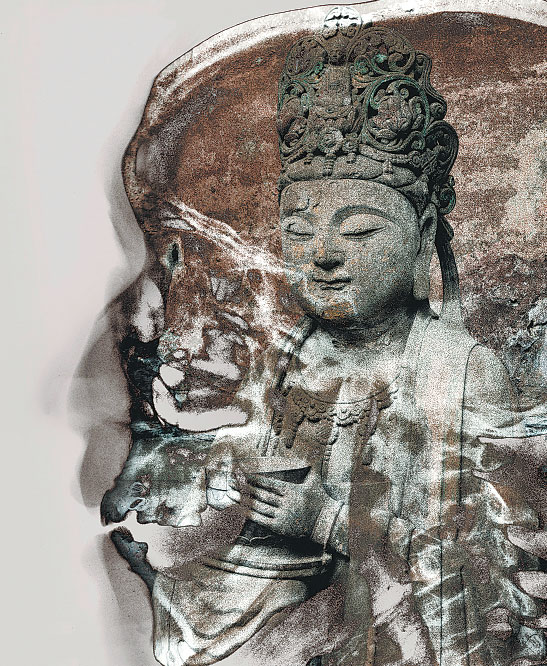
|
Fu Wenjun's installation Postindustrial Era features five large wheels with his photos and a video he shot over many years to reveal the changes in Chongqing. Photos Provided To China Daily |
(China Daily USA 03/07/2017 page10)







